Photos Showing The Big Apple As It Existed In The 1950s
New York didn’t become a metropolis and major international hub in the 1950s, as it had already reached that status decades prior. That said, the booming midcentury years helped to cement the Big Apple’s standing on the global stage.
Across its five boroughs, New York was a playground for the era’s biggest celebrities, a home for millions of regular people, and a vibrant international city — and it remains so to this day.
Robert Moses transformed the city.
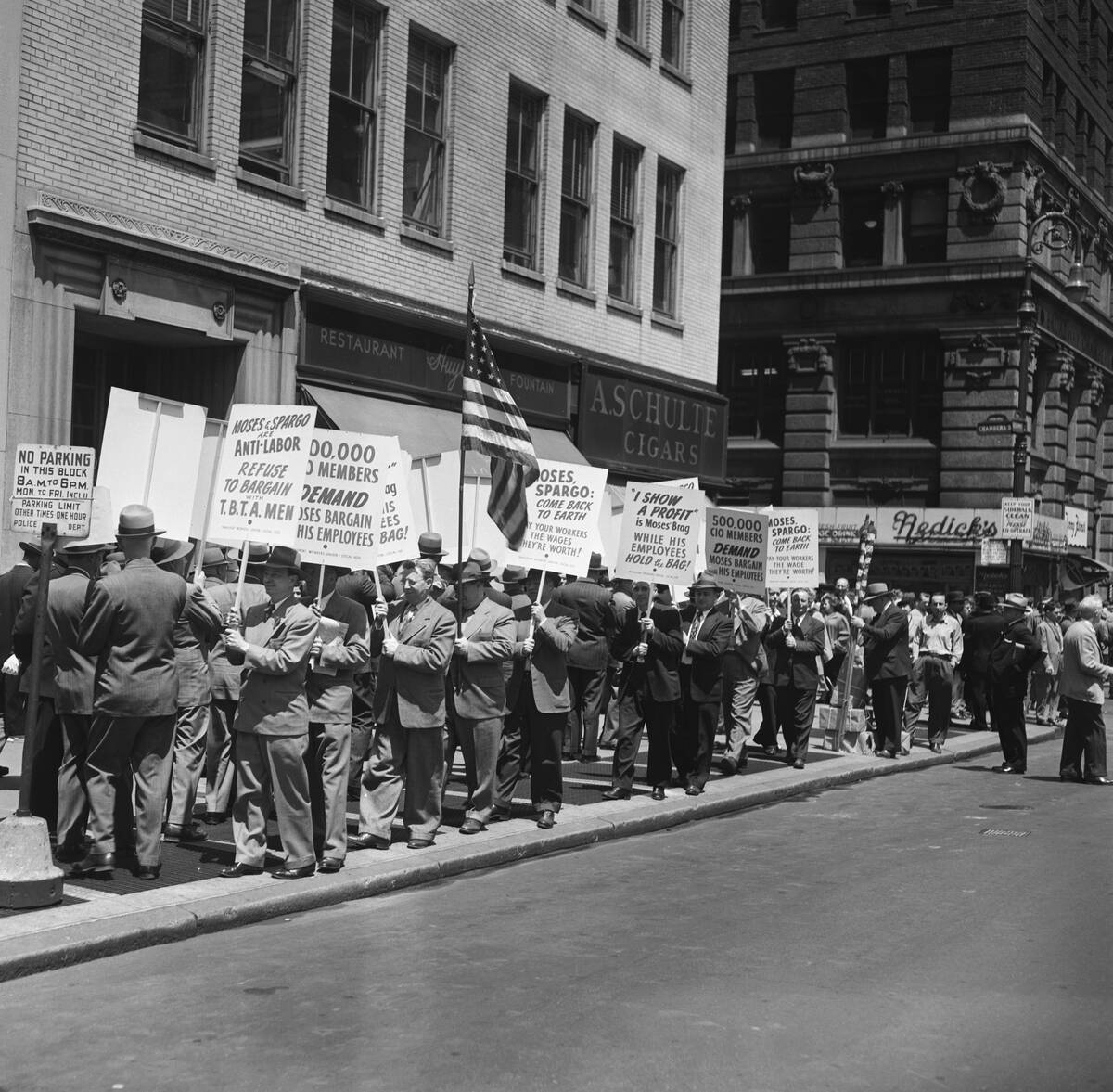
Urban planner Robert Moses created massive infrastructure projects during the midcentury years, building highways, bridges and parks.
While he no doubt had a transformative effect, he’s a controversial figure for focusing on automobiles rather than pedestrians. This image shows a group of transport workers picketing what they say are unfair wages paid out by Moses.
No, this isn’t an alien attack.
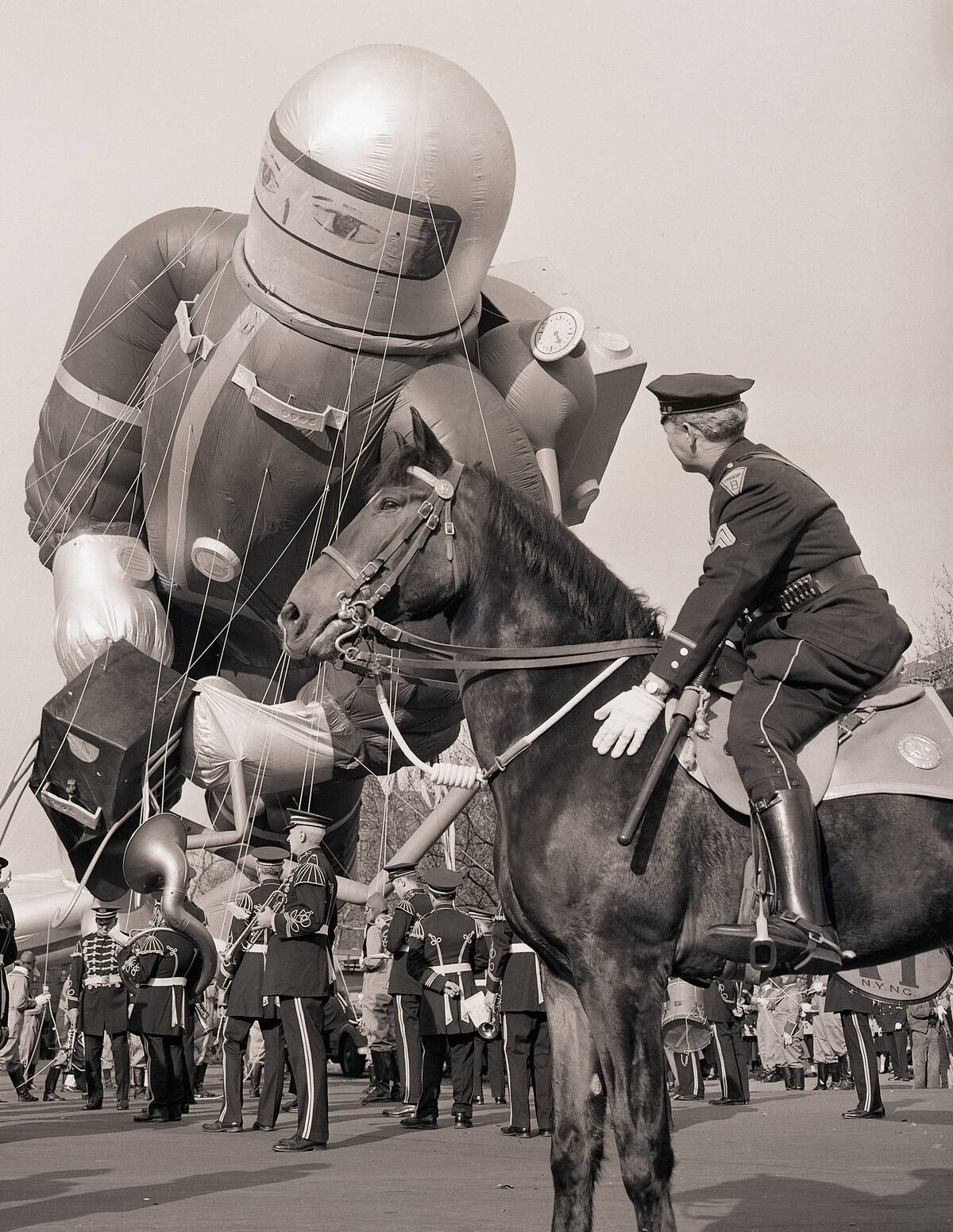
This dramatic image shows a massive parade float looming over a police officer, as he attempts to steady his horse, during the Macy’s Thanksgiving Day parade.
The parade was first held in 1924, and halted for the war years. It was first broadcast live on television in 1952, which helped establish it as a Thanksgiving tradition in New York and beyond.
Fifth Avenue was the shopping hub.
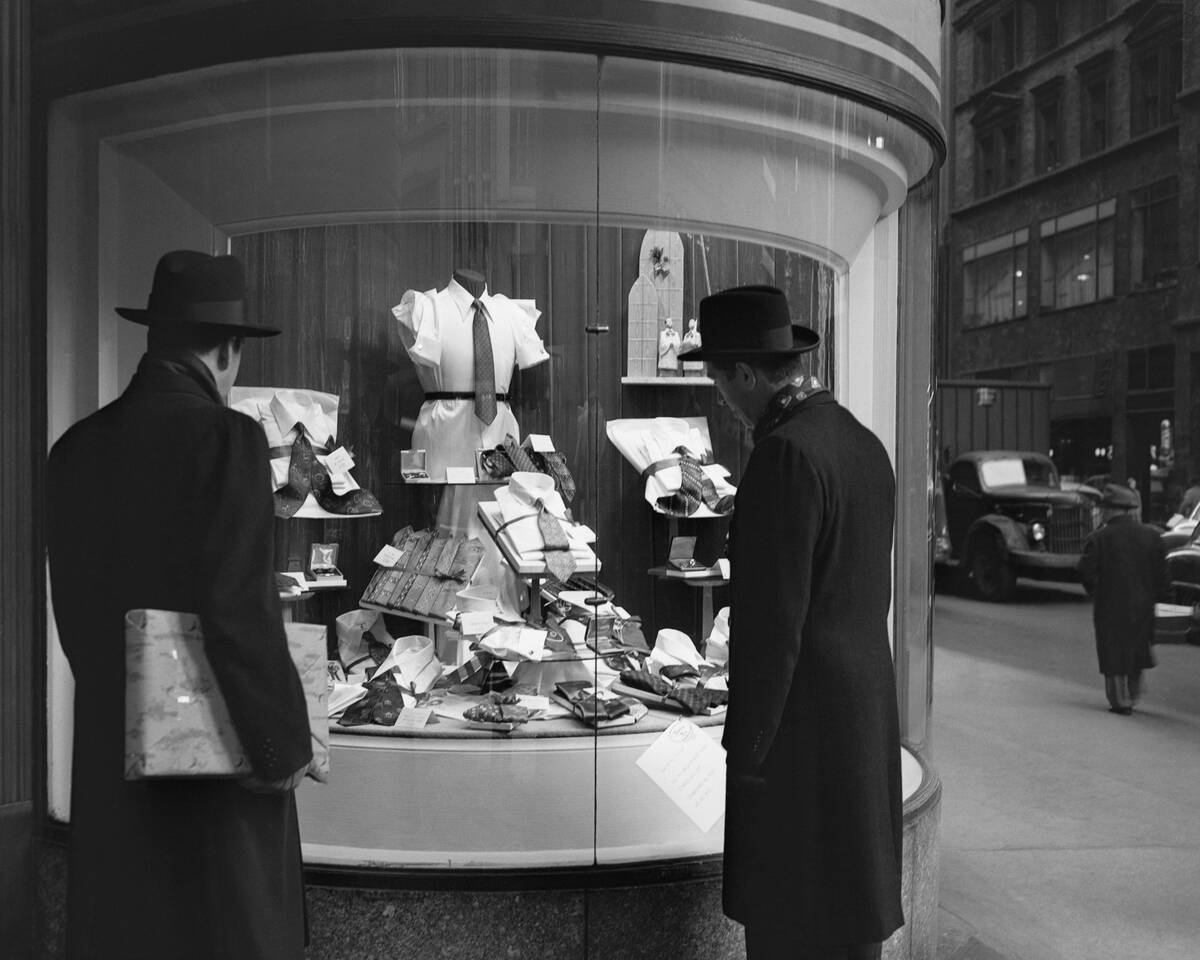
Fifth Avenue was more than a thoroughfare in the 1950s — it was a district synonymous with luxury and high-end shopping. In an era before shopping malls, it hosted prestigious brands like Tiffany and Saks.
It also served as a reflection of post-war prosperity, as an increasing number of people found themselves with enough purchasing power to enjoy its luxuries.
Computing technology was in its infancy.

Computers, or at least a rudimentary version of computers, were already in use in the 1950s. This image shows the wire room of a brokerage firm, where operators are receiving orders for the sale and purchase of stocks.
The machine in the middle is a teletype machine — an early computer — which could spit out printed orders.
It was the capital of baseball.
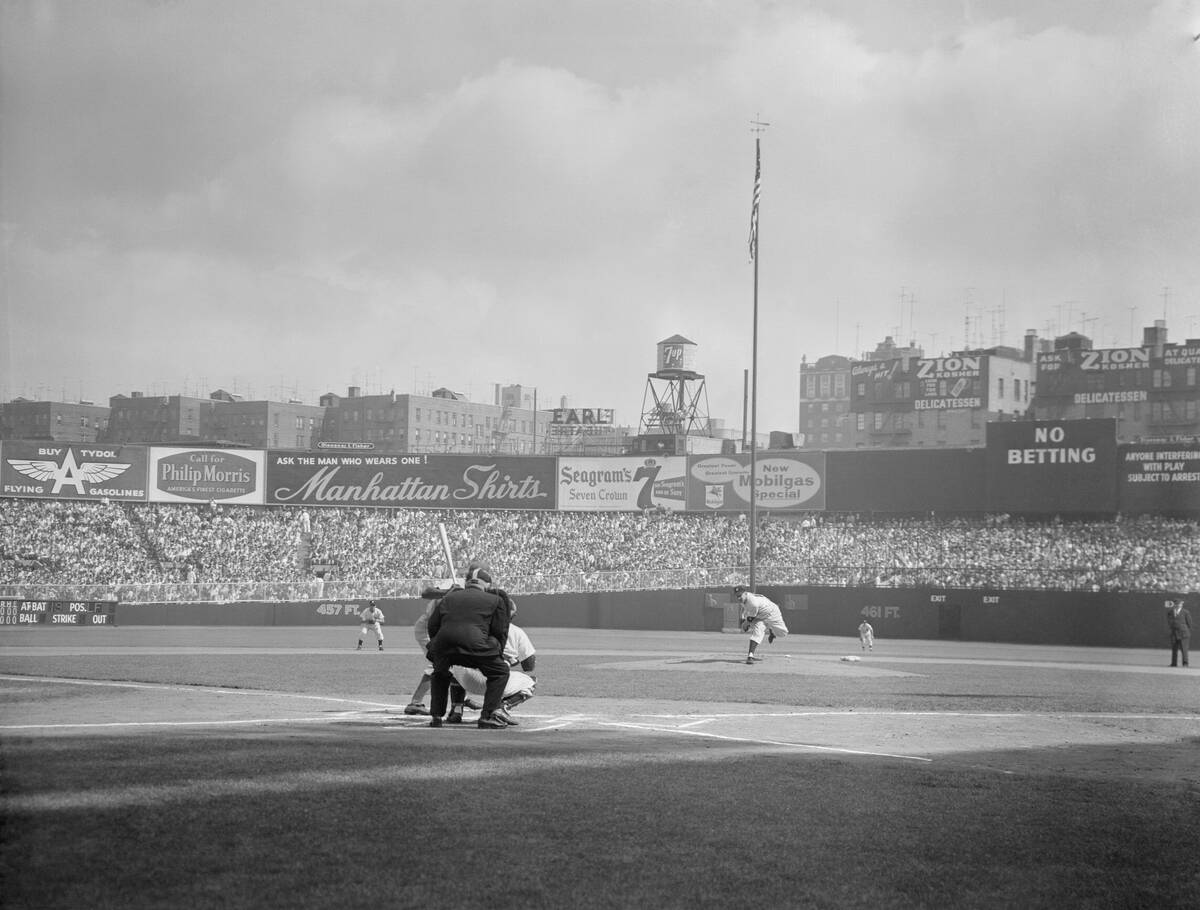
Three of New York’s five boroughs had Major League Baseball teams in the 1950s, with the Yankees in the Bronx, Giants in Manhattan, and Dodgers in Brooklyn.
The 1950s featured five “Subway Series,” where both teams in the World Series came from New York. Later in the decade, the Giants and Dodgers would move to California.
Manhattan had a cluster of skyscrapers.
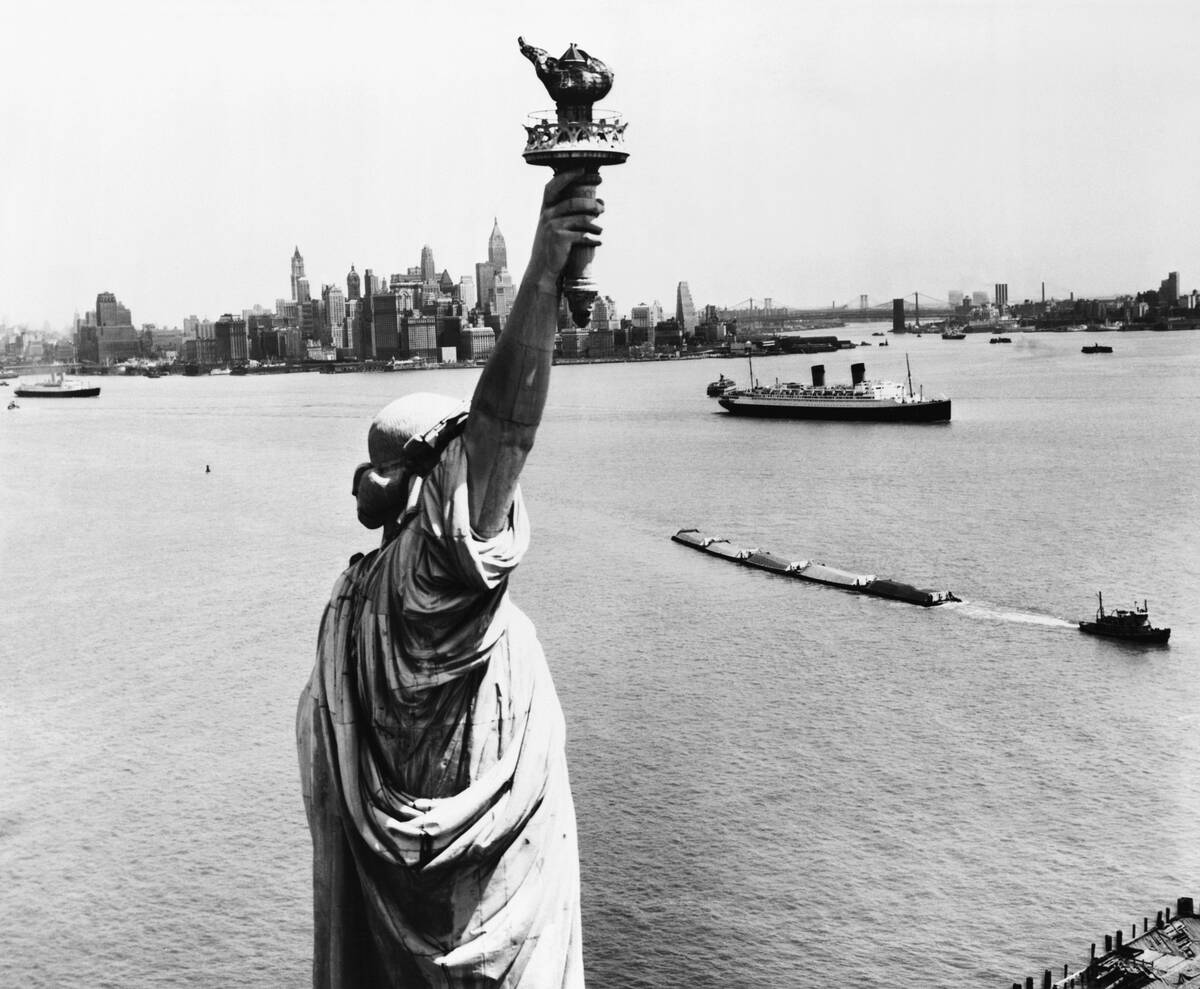
A view taken from the same angle today would show a dramatically different Manhattan, as most of the skyscrapers seen in this photo have been dwarfed by modern projects.
That said, there was no location in the world with a higher concentration of skyscrapers than New York in the 1950s, and many of these impressive edifices are still standing.
The subway moved millions of people daily.
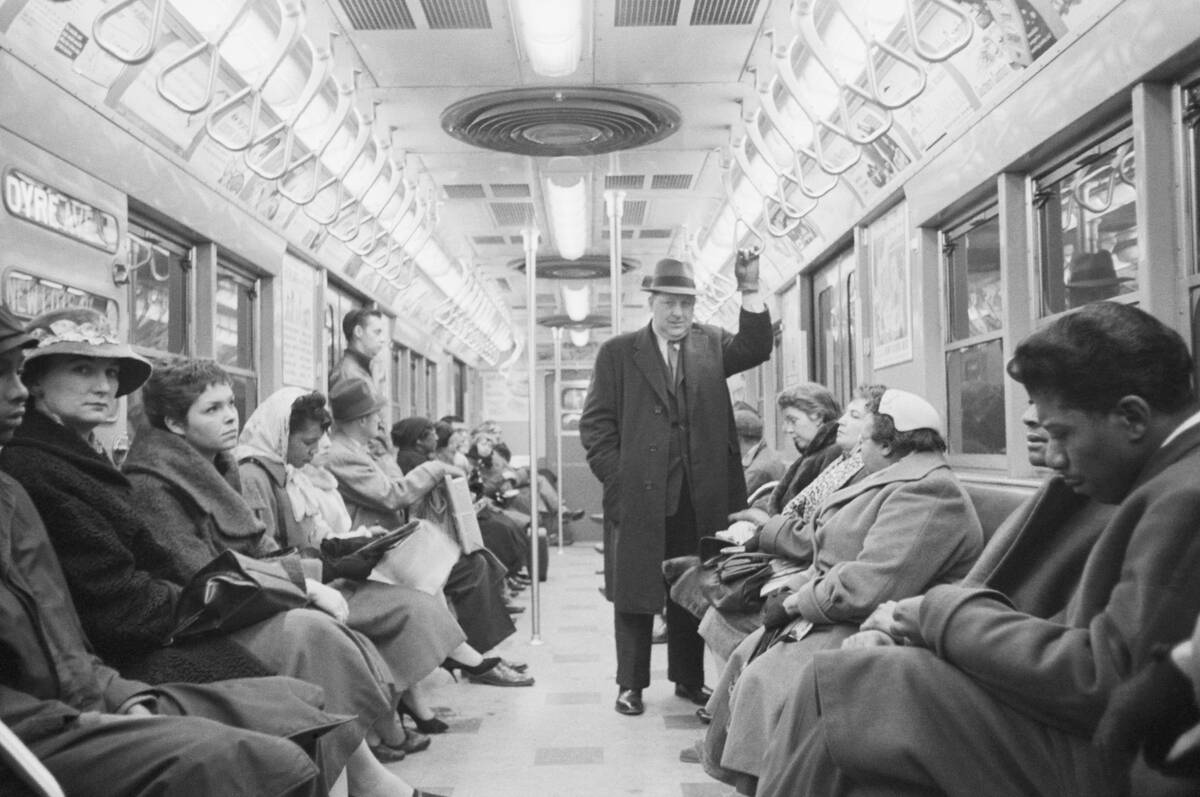
This image shows commuters getting used to what was then a brand-new innovation: Bright, fluorescent lighting on New York’s subway trains.
While much of the city’s subway infrastructure was aging by the ’50s, it remained an affordable and mostly reliable way to get around the city.
Countercultural movements were emerging.

This view of a sidewalk art exhibition in Greenwich Village in 1955 offers a glimpse of the neighborhood’s artistic and countercultural bent.
The decade saw coffeehouses and jazz clubs move into the area, while events like poetry readings around MacDougal Street and Washington Square Park contributed to the emergence of the Beat Generation.
Coney Island offered an escape.

For those accustomed to the concrete jungle of Manhattan, Coney Island offered a much-needed escape. Luna Park, seen here, was an attraction for families and thrill-seekers.
While the golden era of Coney Island was already in the past, and the region would be affected by urban decline in the years to come, many of these iconic attractions are still in place today.
It was an international crossroads.
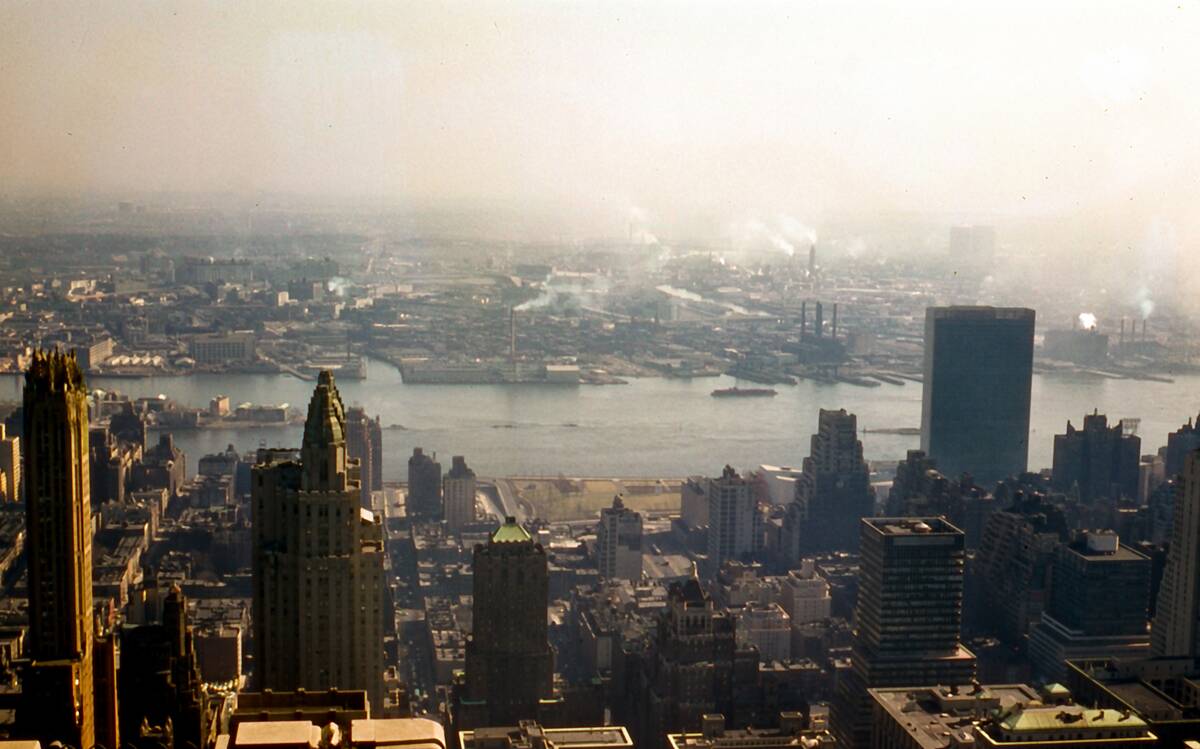
This view of Midtown Manhattan, seen in a rare color slide, offers a view of the metropolis in 1957.
The General Electric Building, Waldorf Astoria Hotel, Roosevelt Island, and United Nations Secretariat tower are all visible in this image.
An alternative view of an iconic photo.
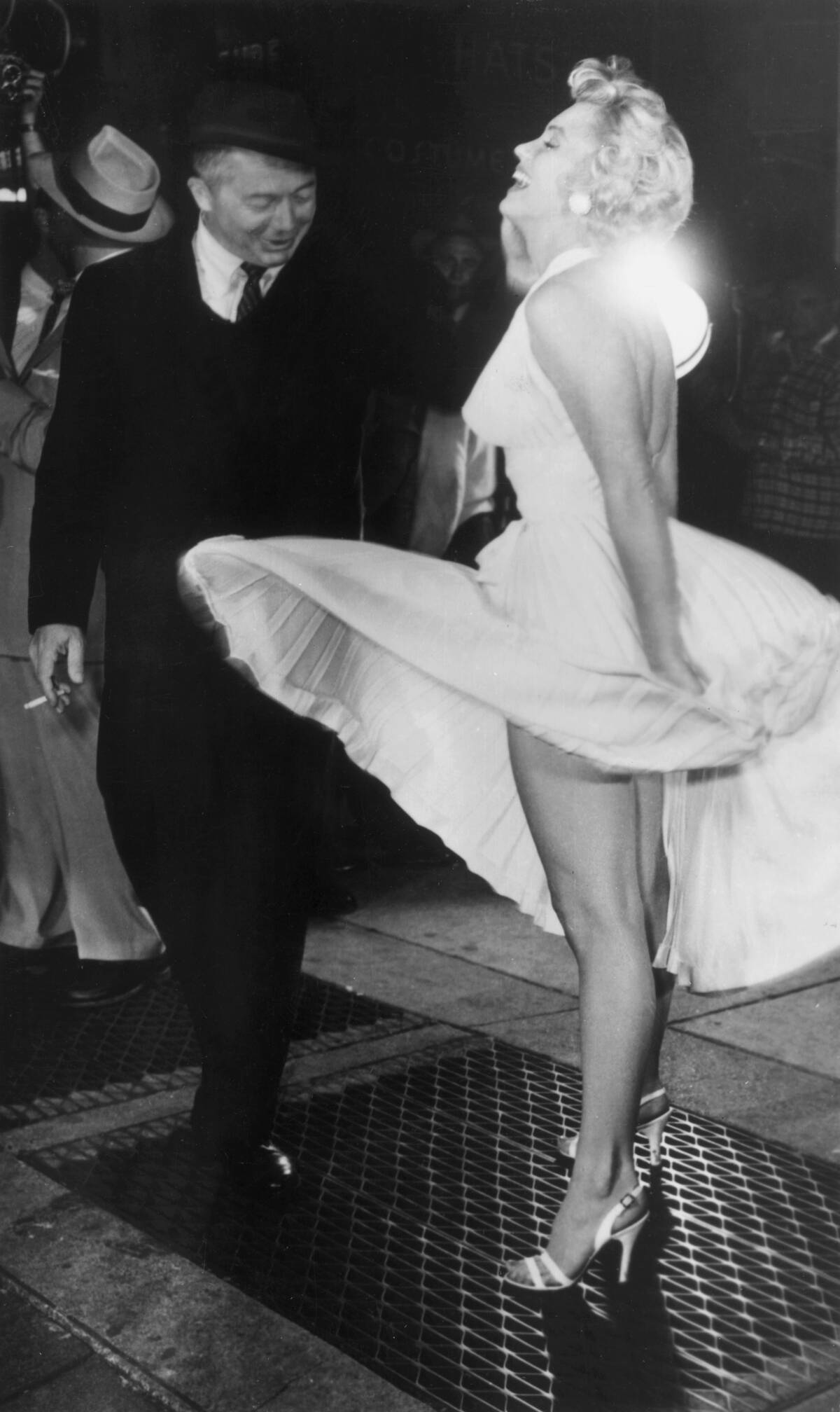
The image of Marilyn Monroe standing over a subway grate as her white dress billows up is one of the most iconic pictures of the 20th century.
It took place at Lexington Avenue and 52nd Street in Manhattan during the filming of The Seven Year Itch. This rarely-seen alternative angle shows Monroe as well as director Billy Wilder.
Street gangs were a growing presence.
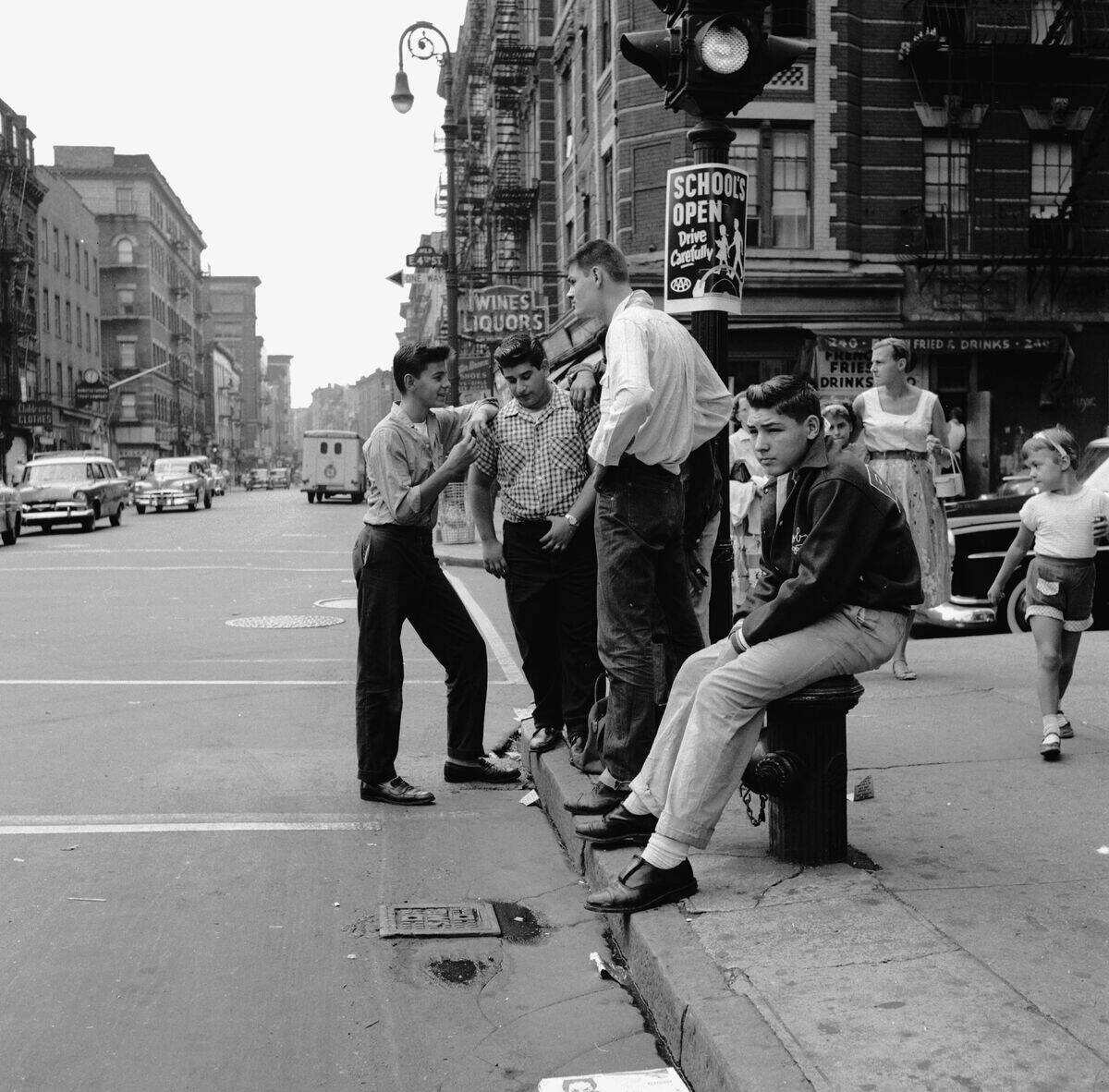
In the working class neighborhoods of the South Bronx, Harlem, and parts of Brooklyn, street gangs became more visible as the decade wore on.
These gangs operated on a much smaller scale than larger organized crime syndicates, as they focused mostly on fights and petty crime. Still, their presence pointed to deeper social issues.
Audrey Hepburn became a New York icon.
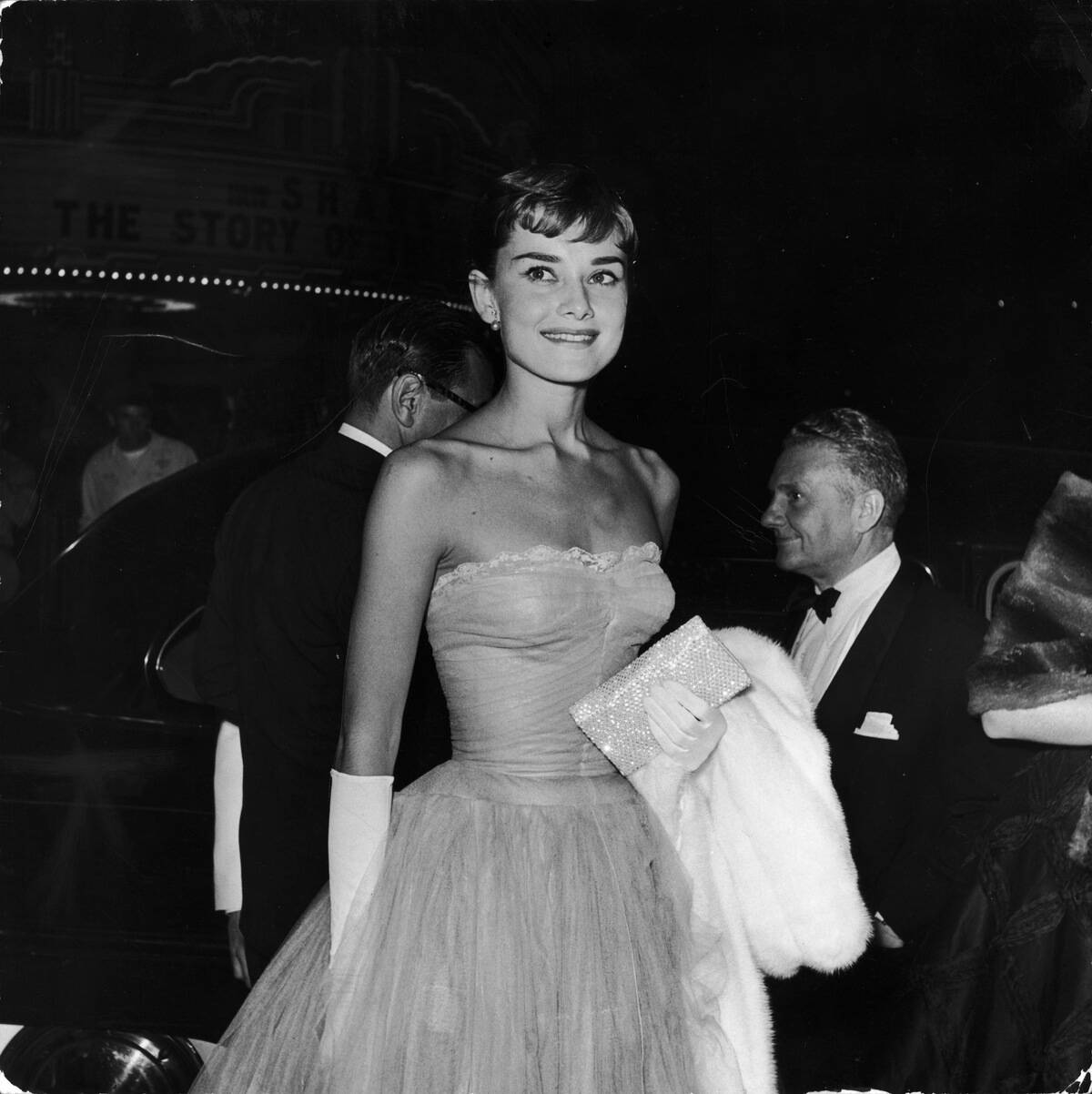
Audrey Hepburn was not a New Yorker by birth, but she became closely associated with the city during the 1950s, representing the transatlantic jet set of the era.
This image shows Hepburn as she attends the New York premiere of the film Shane in 1953. Her role in 1961’s Breakfast at Tiffany’s helped cement her association with New York.
Summers could be very hot.
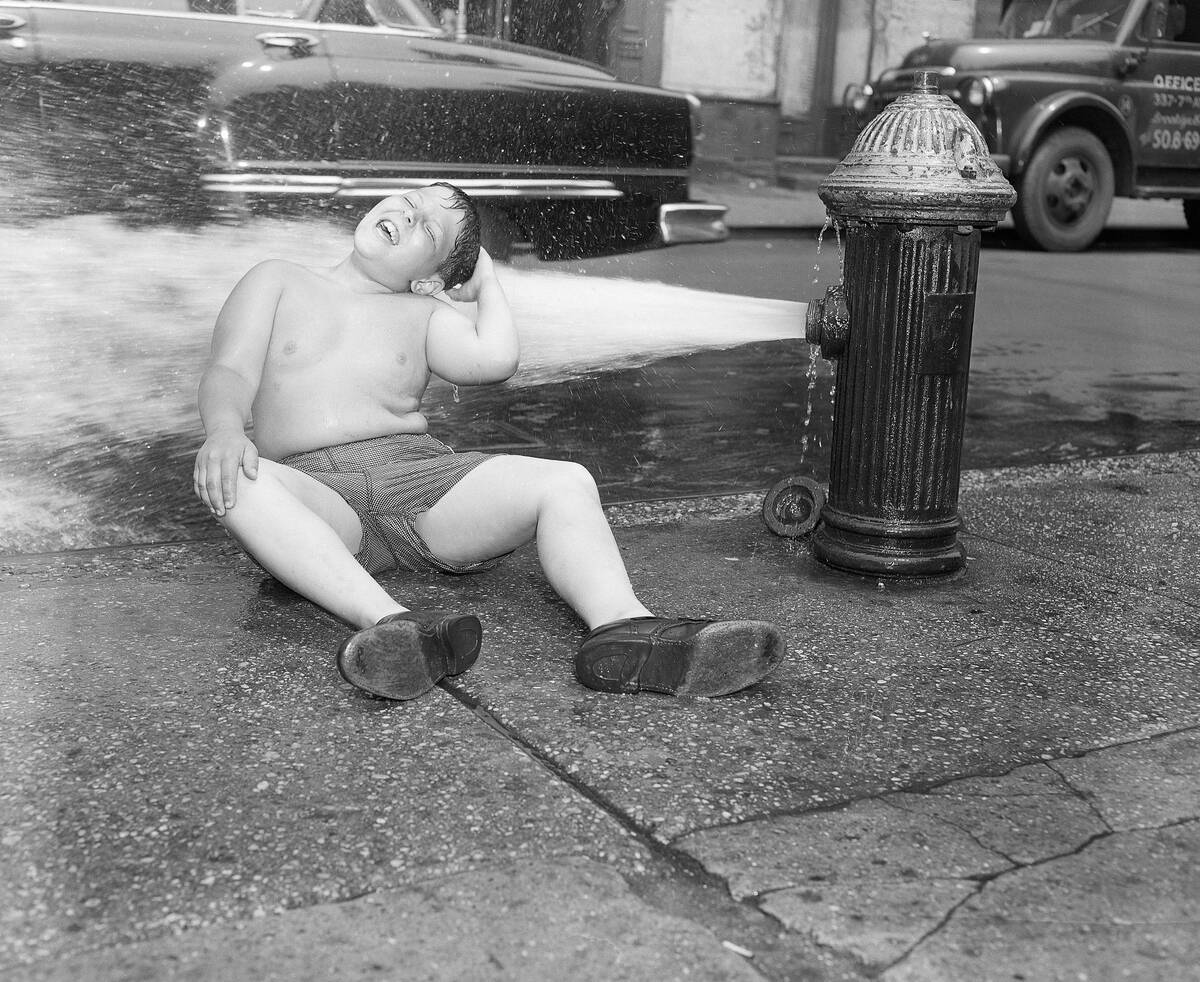
In a time before widespread air conditioning, and in a region that’s mostly lacking in trees and shade, New York could be a very hot place during the summers of the ’50s.
This photo shows a youngster on the Lower East Side as he finds a time-honored way to stay cool in the heat.
Harlem was the heart of Black New York.
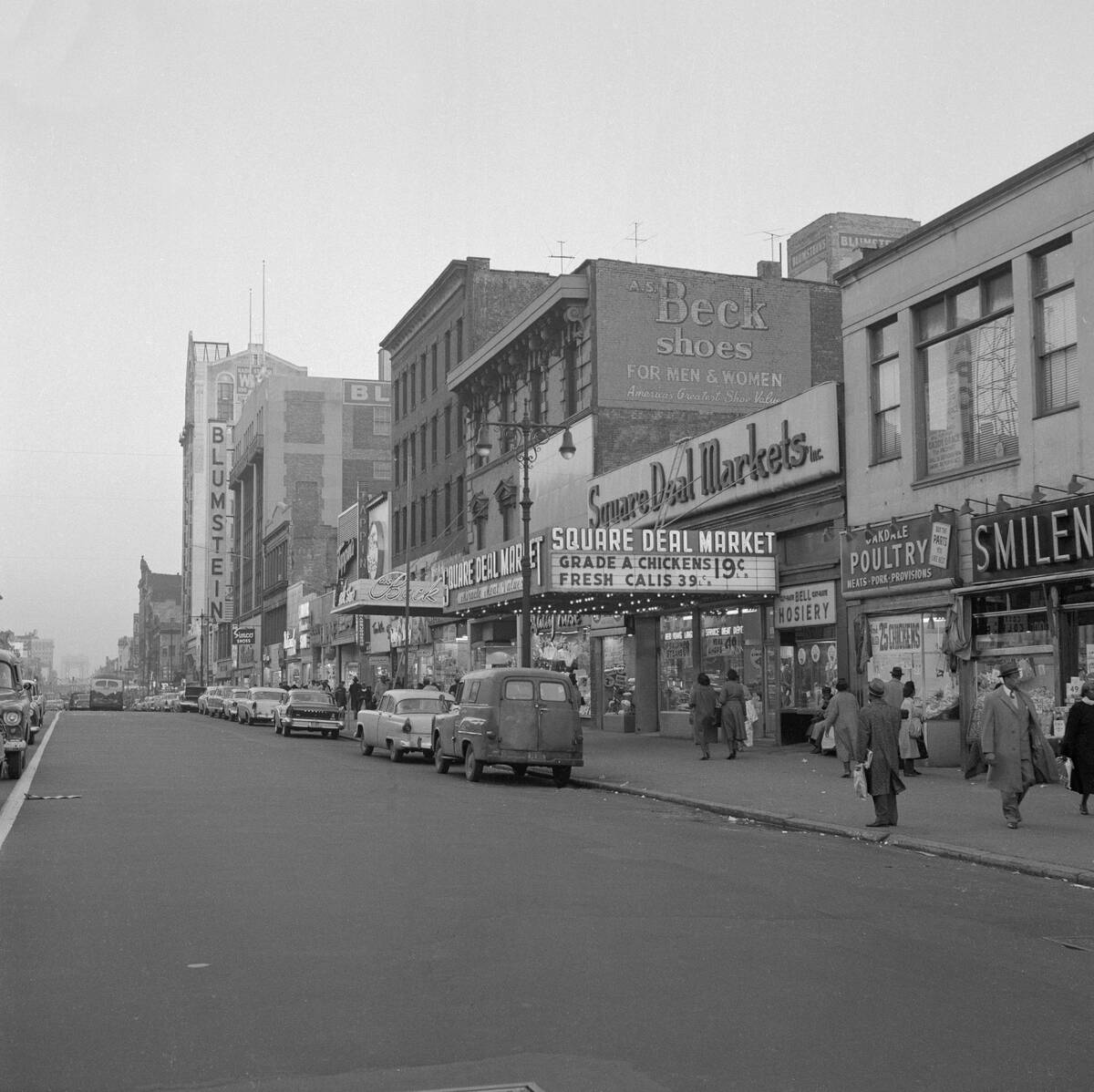
While the Harlem Renaissance was in the rear view mirror by the 1950s, the neighborhood still hosted jazz clubs, gospel events, and poetry readings during the decade.
However, Harlem also faced economic decline as overcrowding, poor housing conditions, and limited job opportunities created social issues.
Nowhere was brighter than Times Square.
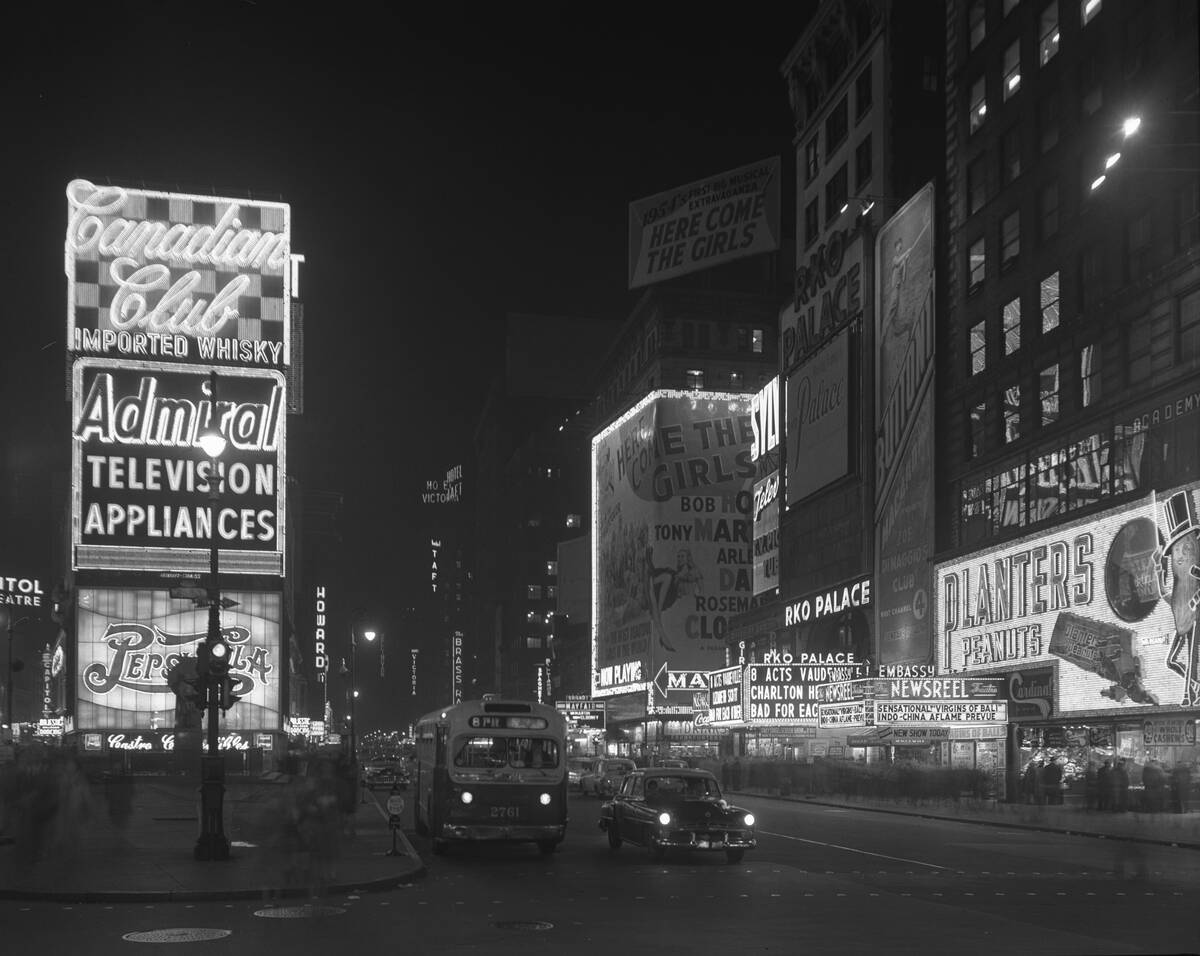
Times Square was, and is, known as the “Crossroads of the World” for good reason, as its towering signs and large crowds have made it the quintessential icon of New York.
While it was still mostly family-friendly in the 1950s, urban blight was starting to creep in, with seedy businesses like adult theaters opening their doors.
Penn Station looked very different.
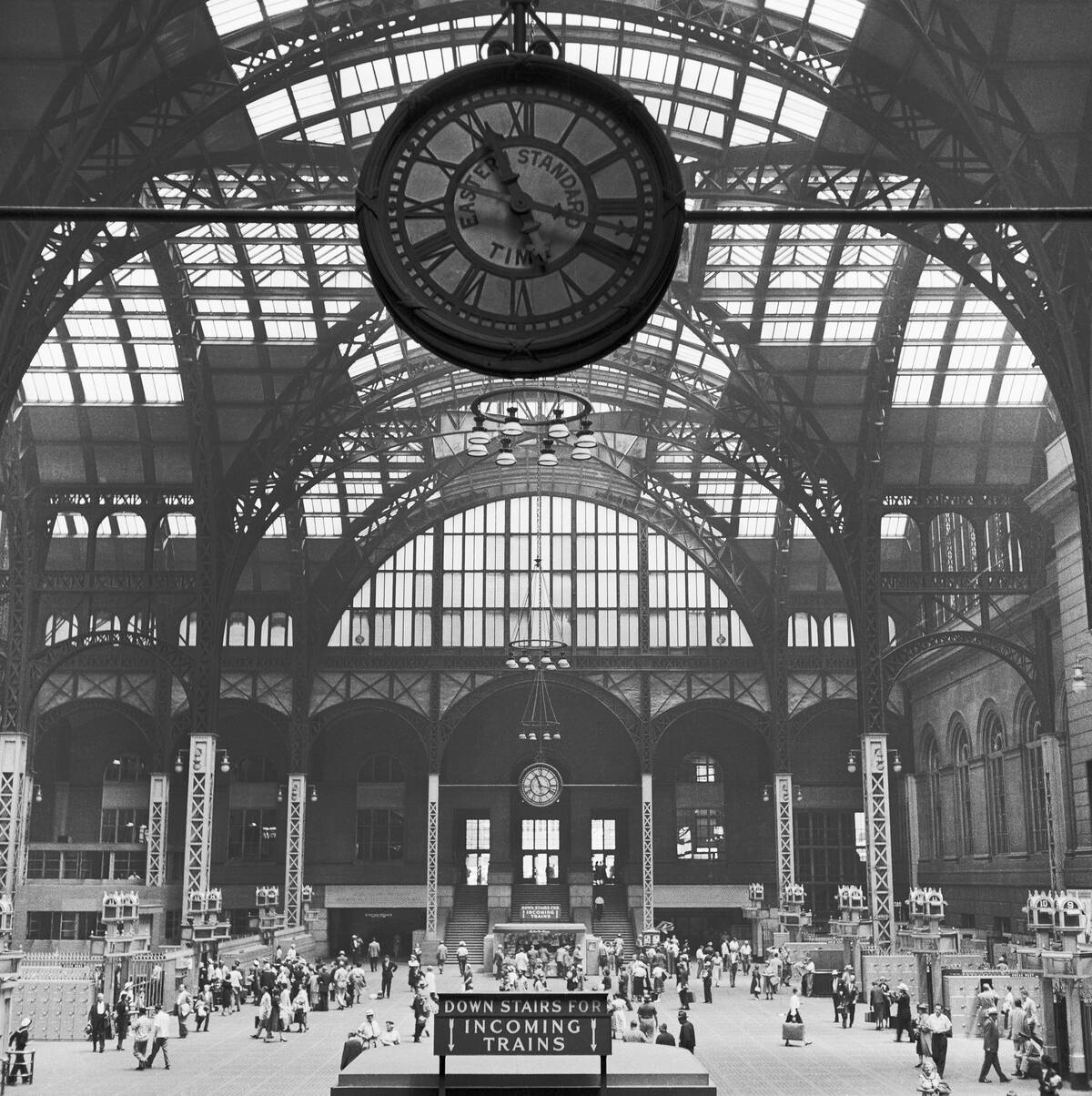
Pennsylvania Station opened in 1910, and was known for its soaring ceilings, classical columns, and sunlit common areas.
While Penn Station still exists today, it’s now an entirely different complex that sits underneath Madison Square Garden. Needless to say, it doesn’t get nearly as much natural light as the older facility.
The Polo Grounds was abandoned, but not for long.
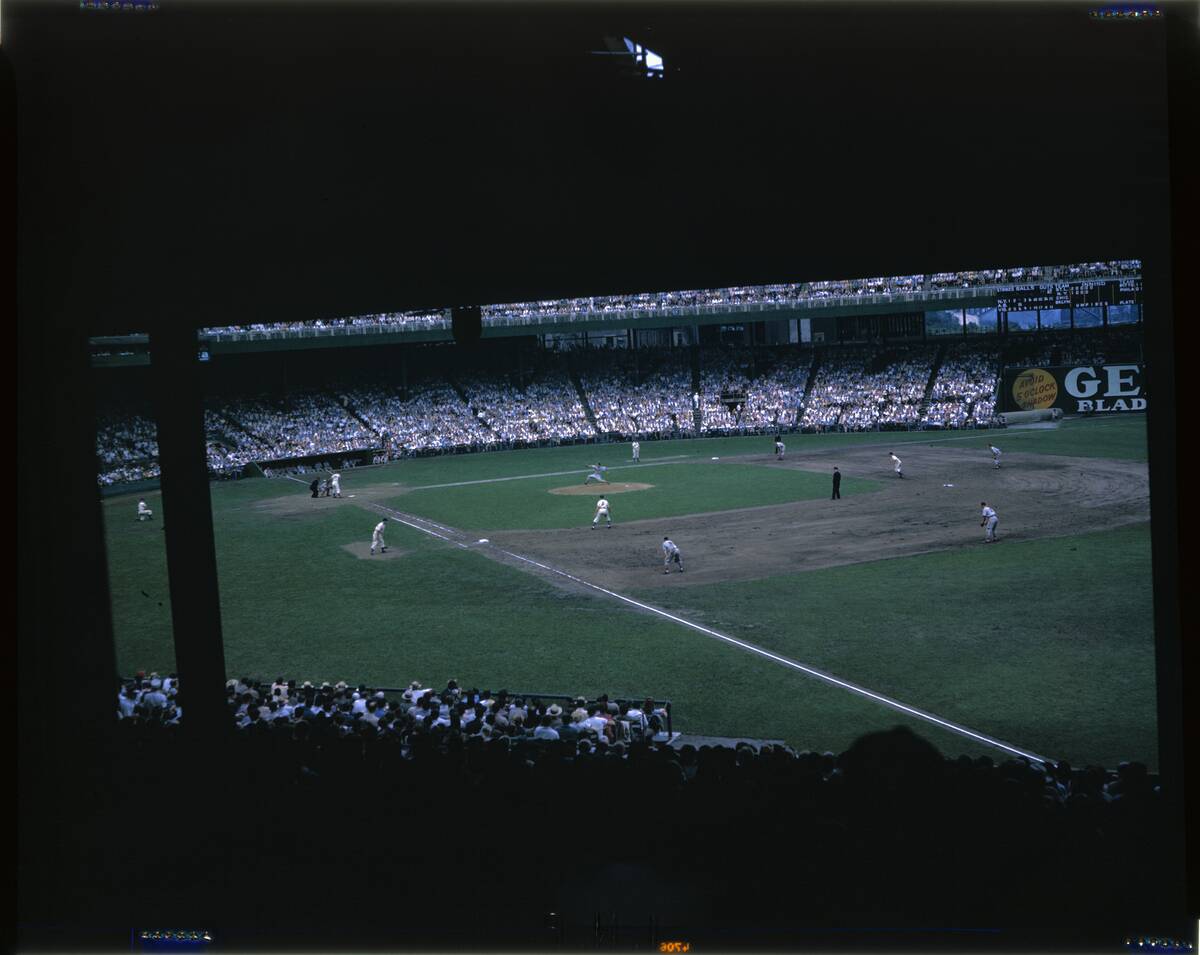
The Polo Grounds, a wholly unique baseball stadium in Manhattan, hosted the New York Giants (and briefly the Yankees) for many years.
After the Giants pulled up stakes and moved to San Francisco after the 1957 season, the aging Polo Grounds lacked a tenant. However, the expansion New York Mets called the stadium home for their first two seasons in the early 1960s.
Swimming in the East River is not recommended.
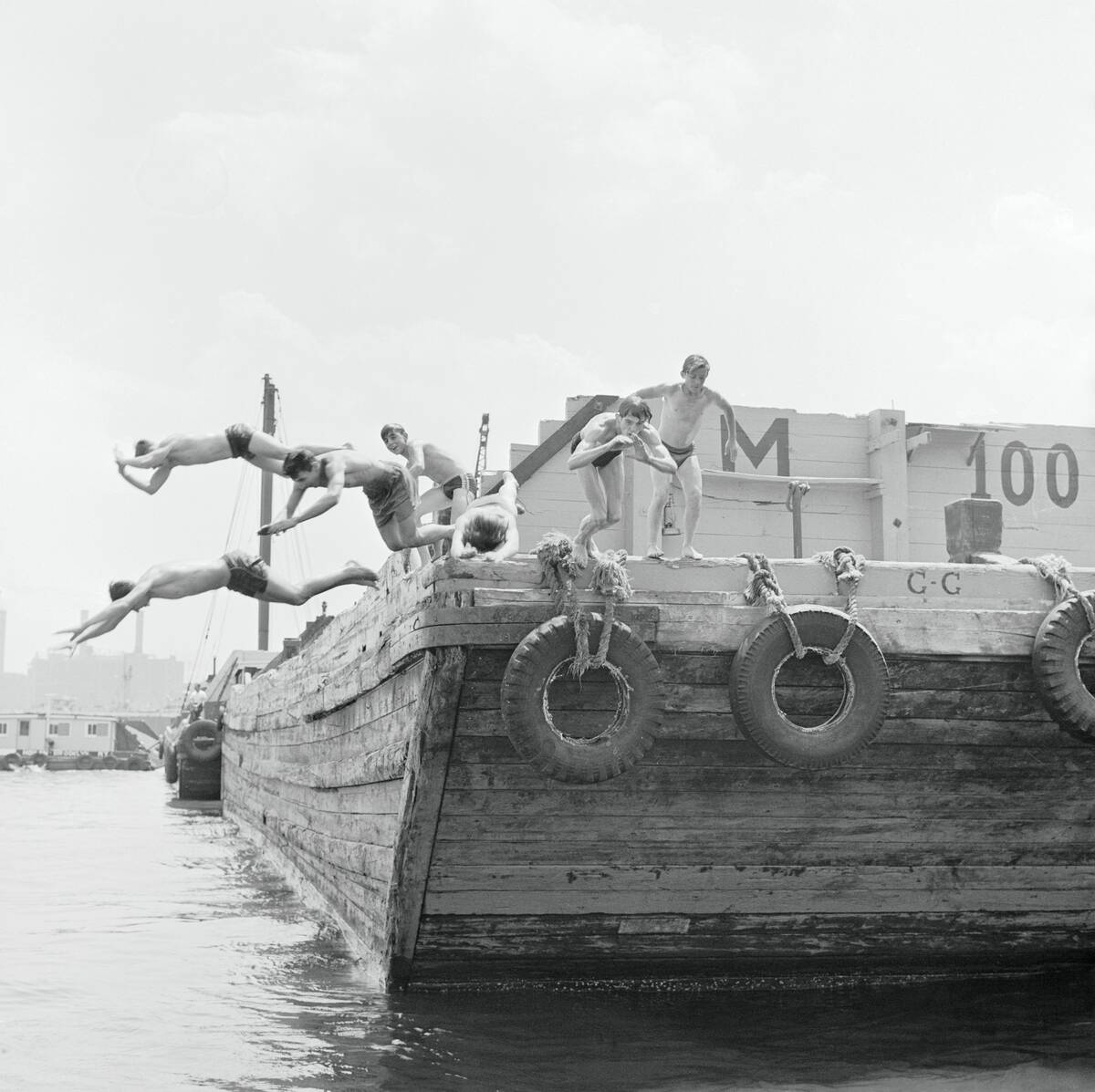
The thought of jumping off of a filthy barge into the even filthier East River might make modern-day New Yorkers cringe, but this was a relatively commonplace activity in the 1950s.
While the river was no doubt polluted, there was less awareness of environmental issues during this era. There were also fewer ways to stay cool during a heatwave.
The newspaper industry thrived.
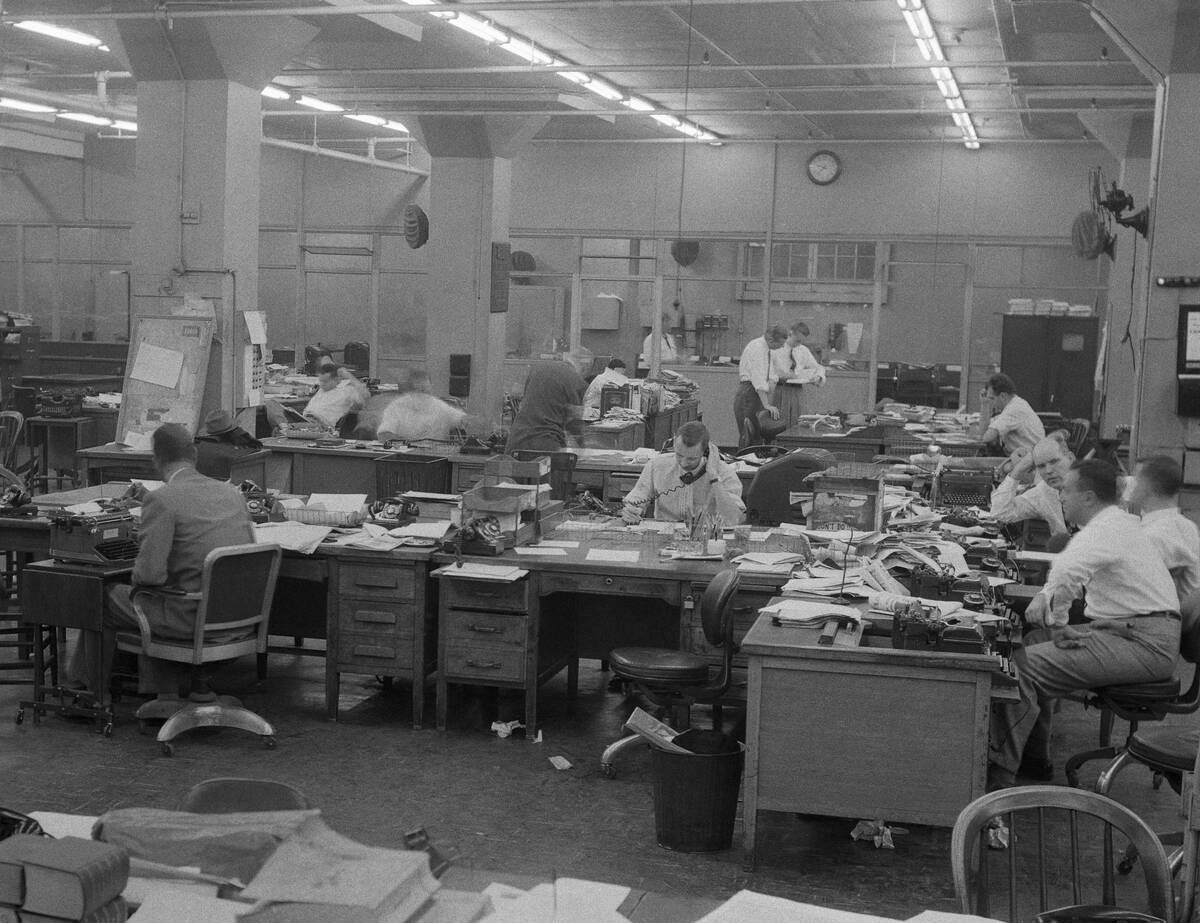
New York had various newspapers in the ’50s: The Times, Herald Tribune, Journal-American, and Daily Mirror. This image shows the city room at the Herald Tribune in the ’50s.
This was an era where newspapers were the primary way for regular people to stay informed, and as such, the newspaper industry was massive. Some papers would even publish multiple editions throughout the day.




